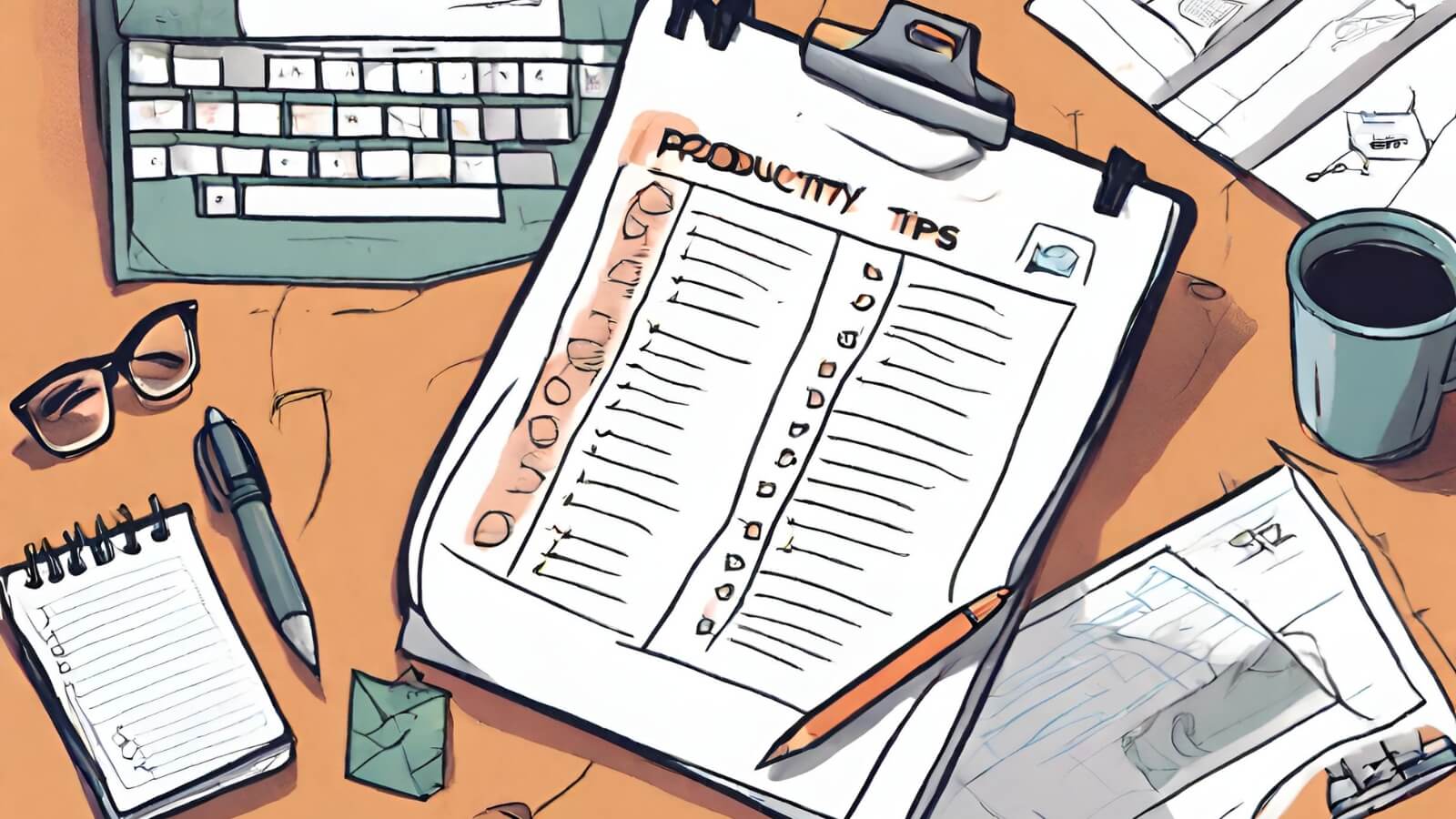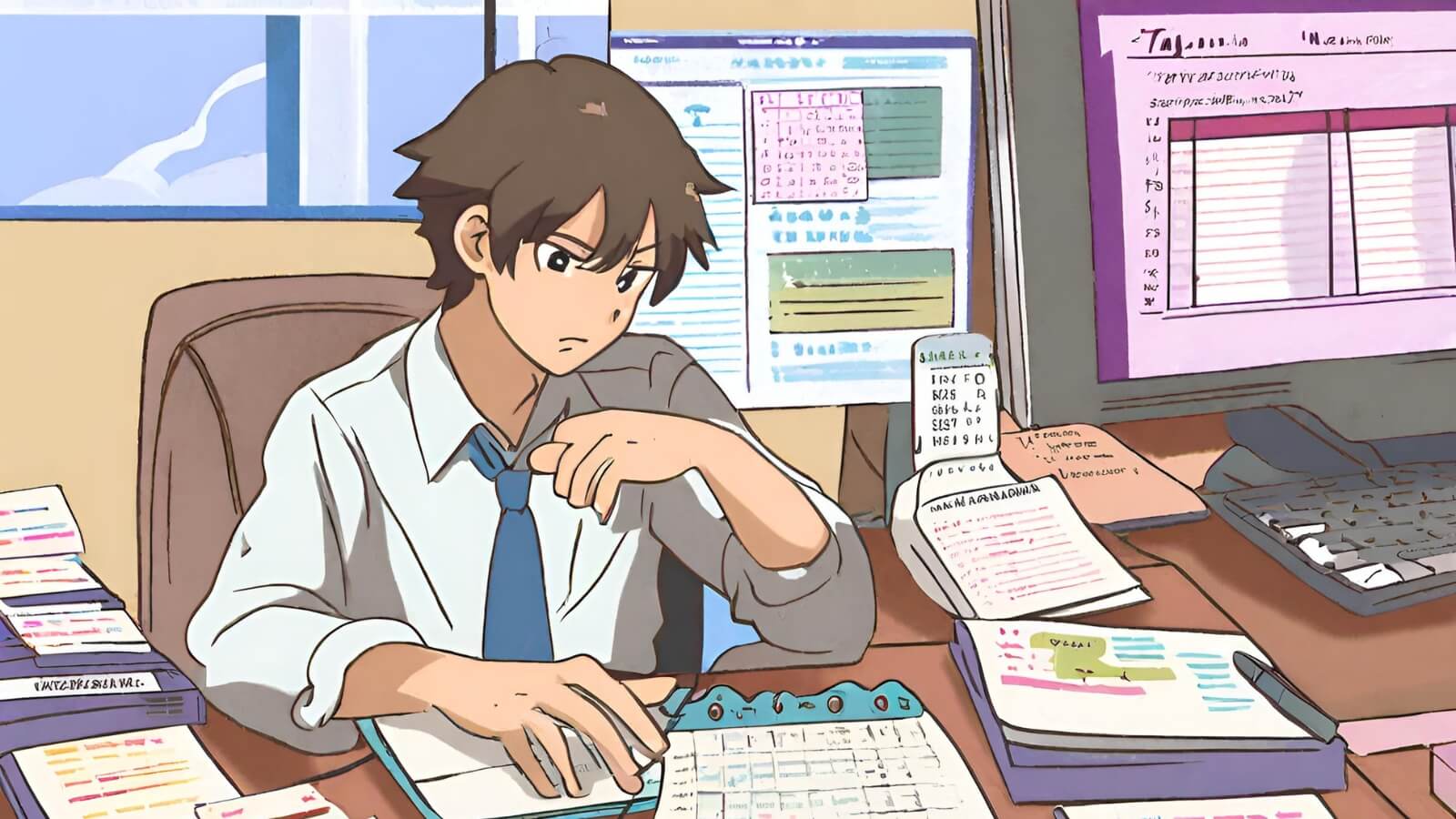Saving a few, most of us are good at applying what we have done and seen in the past. We are at ease, if we have to reapply the solutions that have worked for us in the past and the same stands true if we have to solve a problem, which we have met before. The challenge comes when we have to do things for the first time; solving problems we have never seen before, trying new ways to untie the knotty situation at hand. In the new interconnected world with increasing pace of change and disruption, ability to learn quickly is a key survival skill. If you don?t have this skill, there are high chances that you will be extinct in few years.
Dig deeper and get to the root cause
Our brain is an expert at making logical connections when it encounters an issue; now this may work if you have previously encountered and tackled a similar situation. When you hit a roadblock with a new issue, a good starting point is to ask ?Why? five times and see how many causes you can come up with. This increases the odds of a better solution because you can see more connections. Look for pattern in the data you would unearth, desist the urge of collecting information.? Thereafter group the causes in common buckets for finding a solution.
First time success may be a myth
Quickly jumping to a solution for a new problem may not be the best solution. Researchers tend to say that, it is only in the second or third try that we get to understand the real problem. To sharpen the learning curve, shorten your act and build feedback into the solution as an iterative process. The idea is to keep refining the first cut solution with three ? four rounds of feedback cycle. The more frequent the cycles; the sharper will be your learning curve.
Contrarian thinking helps
When encountered with a new problem, turn it upside down. Ask yourself what is the least likely thing it could be, what does not constitute or build up to the problem. Contrarian thinking helps you build perspective and allows you to look at the problem holistically. As Albert Einstein said, ?The world we have made as a result of the level of thinking we have done thus far creates problems we cannot solve at the same level of thinking at which we created them.?
Use your network
Don?t be a superman, unless you are from krypton. Take help from friends, sound them off on what you are thinking, and take feedback on your line of thought.? Talking to others will help you overcome your bias and blind spots, the sooner you do this, better it will be. You don?t want to get back to drawing board once the prototype or your idea is presented to your manager or the team. While selecting people from your network to garner feedback, keep in mind that, research shows that teams with the widest diversity of backgrounds produce the most innovative solutions to the problems.
Do quick & real experimentation
Once you drill down to alternatives, subject it to all the logical tests and criticism that any other alternative is treated to, don?t spare it the rigor of testing because you found it.? Remember, freedom and openness to ideas fosters creativity and innovation in problem solving, thereafter you need to follow a structure to test the idea.











Thank You, lovely blog it motivated me a lot and helped to plan while completing tough task at work.